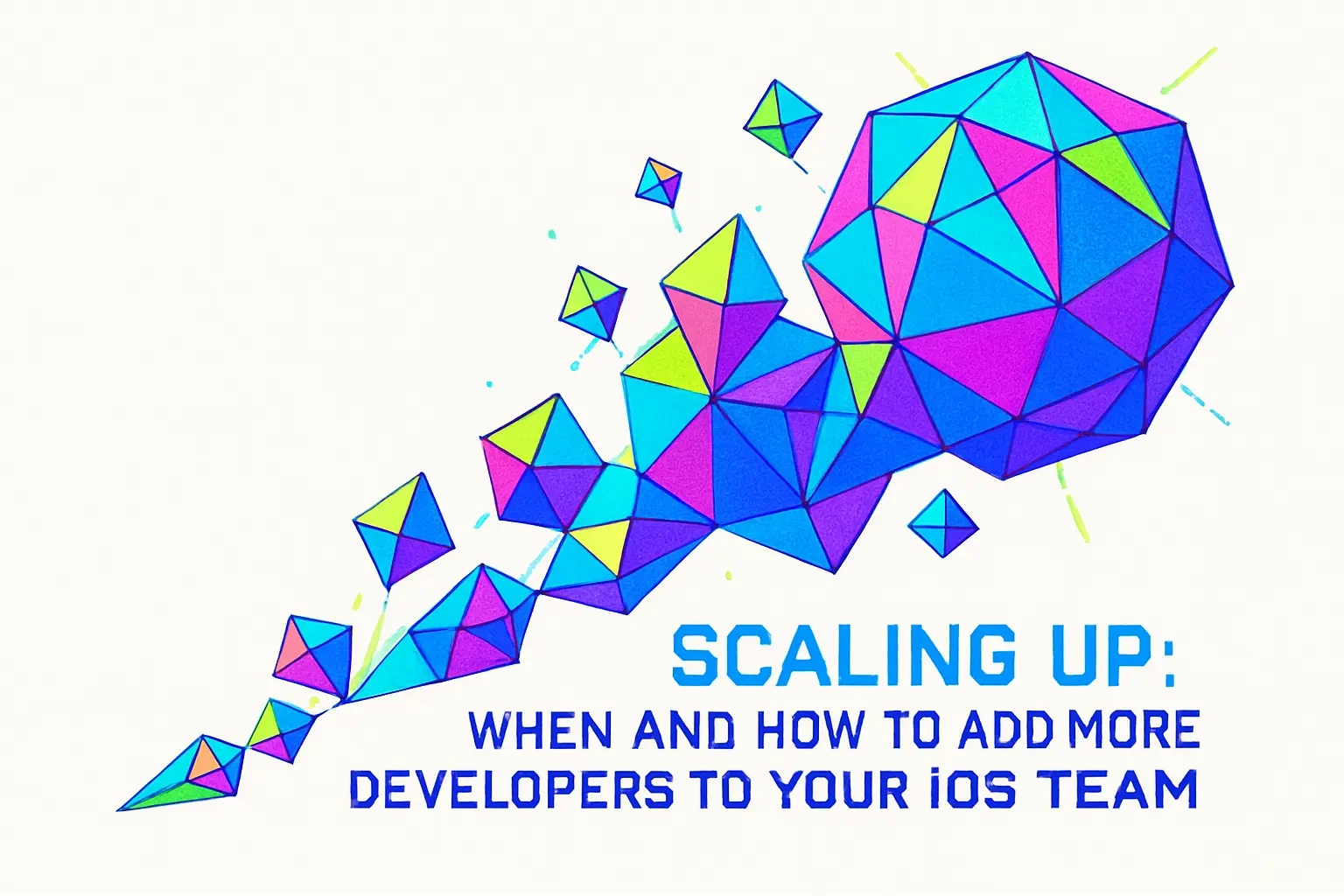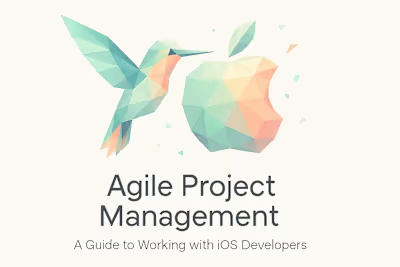Scaling Up: When and How to Add More Developers to Your iOS Team

Scaling Up: When and How to Add More Developers to Your iOS Team
Signs It's Time to Scale Your Development Team
Consistently Missing Deadlines
Declining Code Quality and Increasing Bugs
Your Roadmap is Growing, But Velocity is Stagnant
Needing Specialized Skills
The Challenges of Scaling an Engineering Team
Maintaining Quality While Hiring Quickly
Increased Communication Overhead
Preserving Your Team Culture
Best Practices for Onboarding New Developers
Prepare Before Their First Day
Assign a Mentor or Buddy
Start with Small, Meaningful Tasks
Conclusion
References
Scaling Up: When and How to Add More Developers to Your iOS Team
Signs It's Time to Scale Your Development Team
Consistently Missing Deadlines
Declining Code Quality and Increasing Bugs
Your Roadmap is Growing, But Velocity is Stagnant
Needing Specialized Skills
The Challenges of Scaling an Engineering Team
Maintaining Quality While Hiring Quickly
Increased Communication Overhead
Preserving Your Team Culture
Best Practices for Onboarding New Developers
Prepare Before Their First Day
Assign a Mentor or Buddy
Start with Small, Meaningful Tasks
Conclusion
References
Posted Jul 6, 2025
Is it time to grow your development team? This guide covers the key signs you need to scale, how to hire the right talent, and strategies for onboarding new iOS developers effectively.











